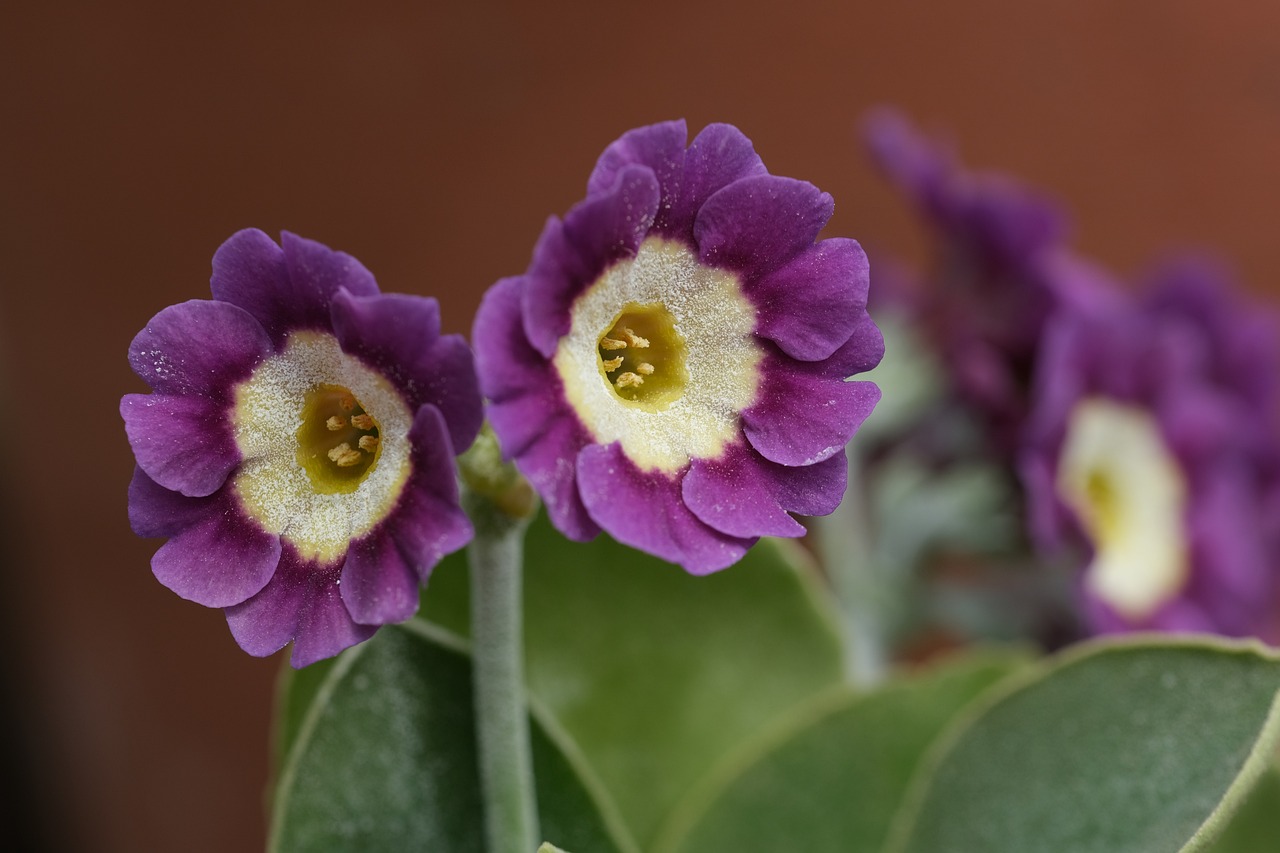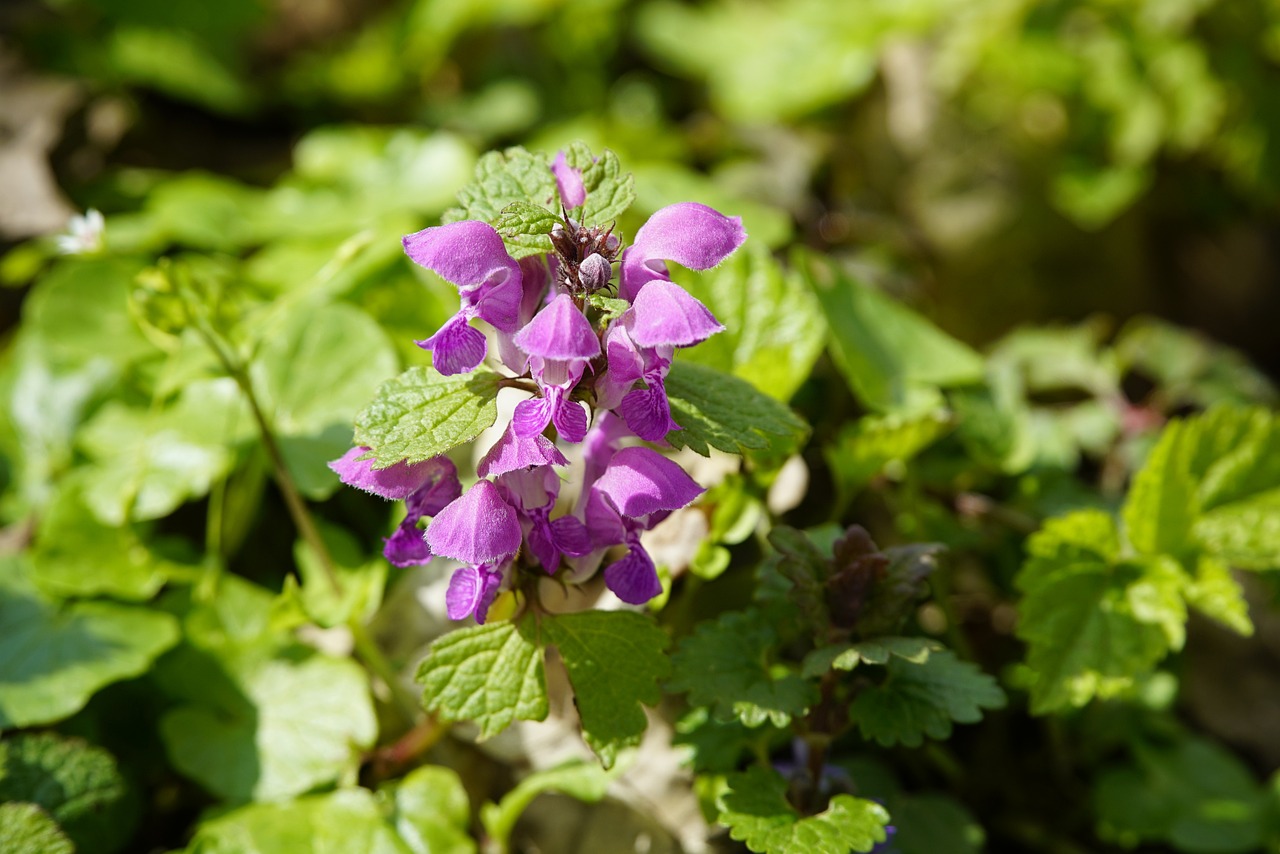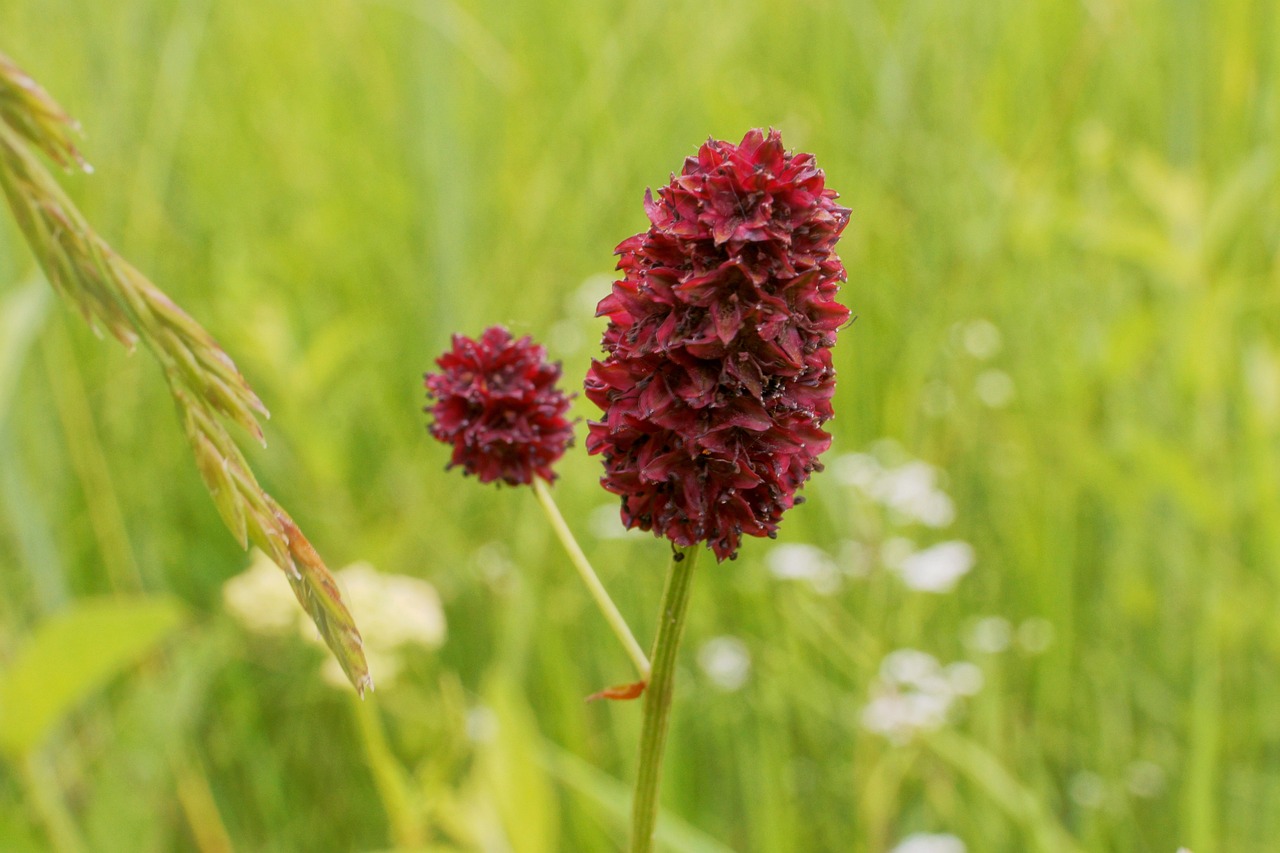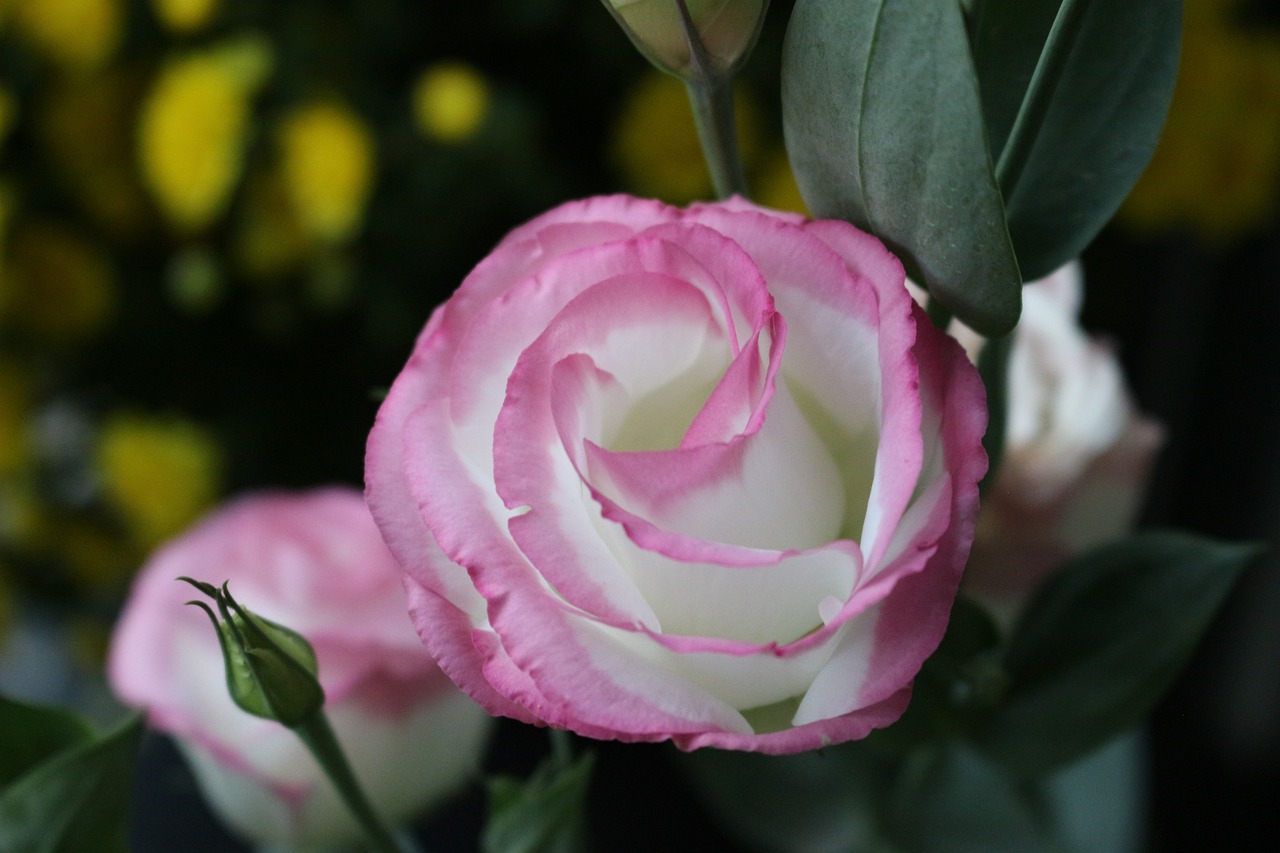Lysimachia vulgaris | The Flower of Peace Blooming in Europe’s Wetlands
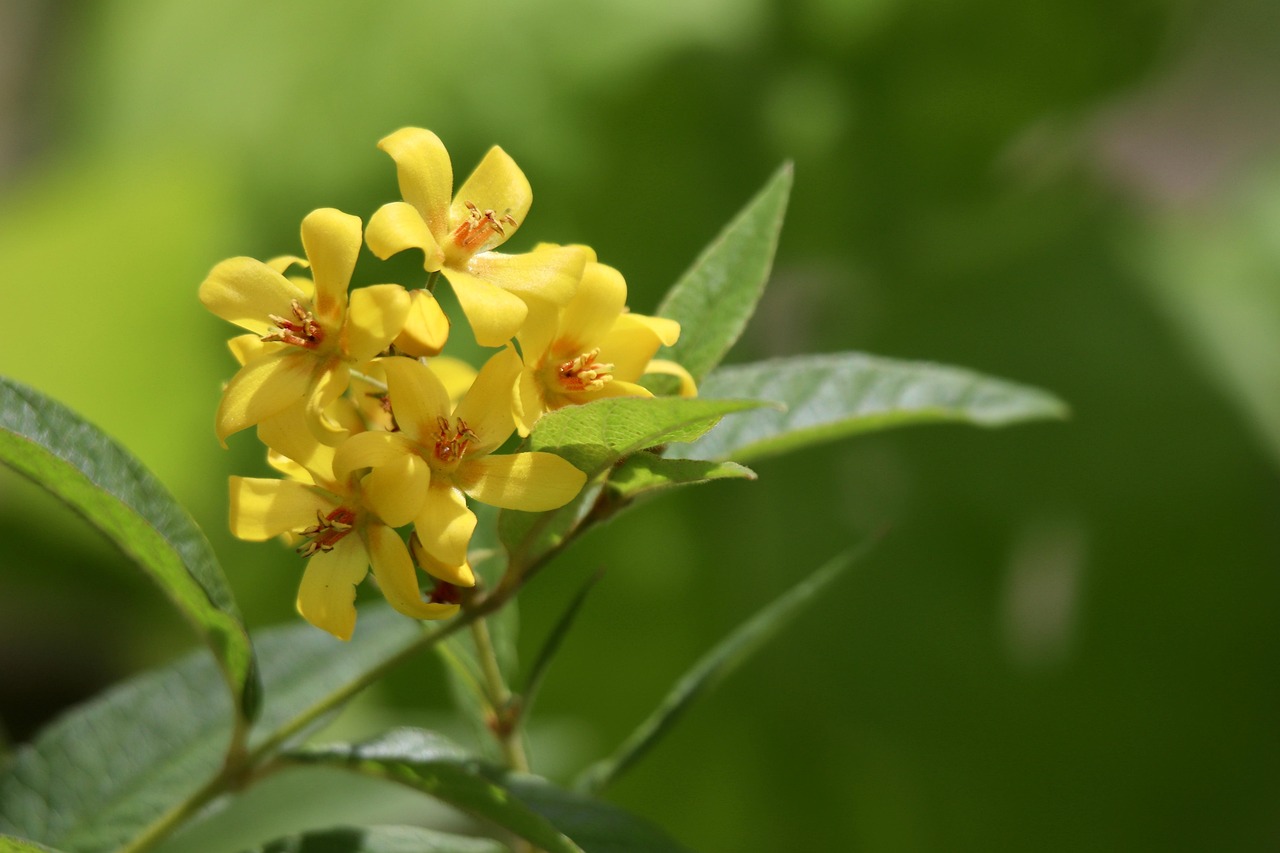
Lysimachia vulgaris is a perennial plant widely distributed from Europe to Asia, producing vibrant yellow flowers.
It naturally grows in wetlands and along riverbanks, forming dense colonies that make it an excellent choice for natural gardens.
In this article, I will introduce the basic information, cultural background, historical episodes, and cultivation methods of Lysimachia vulgaris.
Basic Information
- Scientific name: Lysimachia vulgaris
- Family: Primulaceae
- Origin: Europe, Asia, Western Siberia
- Appearance: The plant grows to about 50–100 cm in height. Narrow leaves line the stems, and in summer, clusters of small yellow flowers bloom at the tips, creating a beautiful landscape when growing in masses.
- Blooming season: Early summer to late summer, producing brighter flowers in moist environments.
Cultural Significance Around the World
Lysimachia vulgaris has been cherished for centuries, especially in Europe. Its natural presence in wetlands and riverbanks has often been regarded as a symbol of abundance and regeneration in nature.
In countries such as the United Kingdom and France, it has long been incorporated into traditional gardens as part of the natural landscape.
Due to its vigorous growth and spreading nature, plants of the Lysimachia genus are often seen as symbols of “harmony” and “unity.” In some parts of Europe, they are associated with friendship and solidarity.
In Asia, including Japan and China, Lysimachia vulgaris grows naturally along water edges and has also been planted in traditional gardens.
Historical Episodes
The name Lysimachia is said to derive from Lysimachus, a general of ancient Greece. According to legend, he used this plant to calm horses on the battlefield, which gave rise to its name.
From this story, plants of the Lysimachia genus came to symbolize “flowers that bring peace.”
In medieval Europe, because of its growth in wetlands, it was also considered a “purifier of nature” and was intentionally planted near marshes and waterways.
In certain regions of the United Kingdom, areas where Lysimachia vulgaris grows naturally have been preserved as part of traditional landscapes.
Gardening Advice
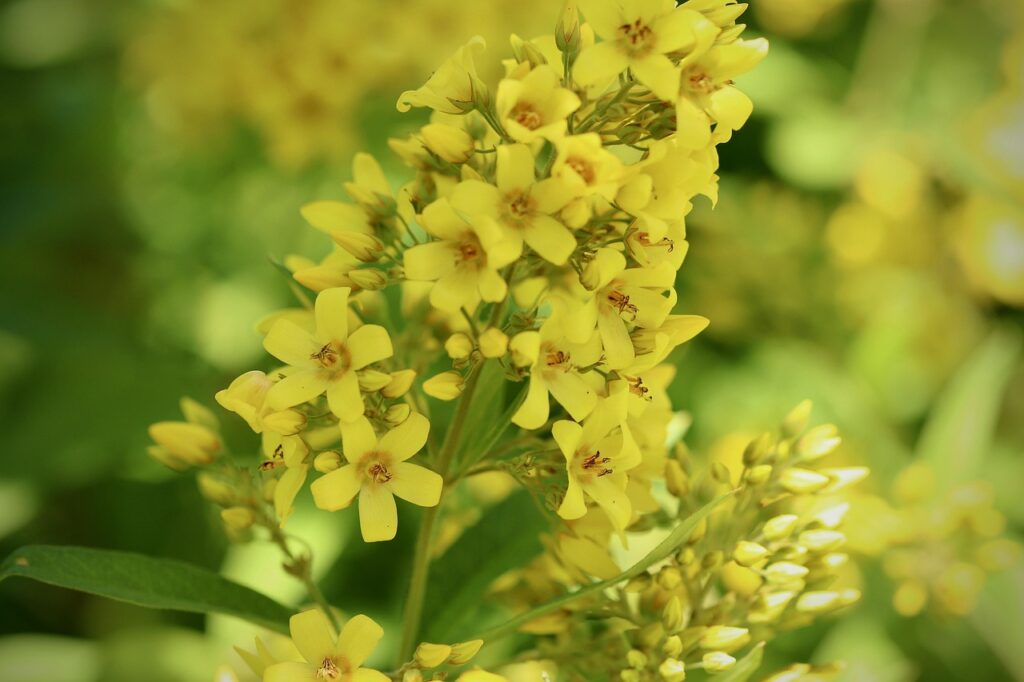
Lysimachia vulgaris is relatively easy to grow, but it is best managed with care for its spreading nature, allowing one to enjoy its beauty more fully.
Light
Prefers full sun to partial shade, with better flowering under full sunlight.
Watering
Likes moist conditions; avoid excessive drying. Water generously when the soil surface becomes dry.
Soil
Prefers moisture-retentive soil. Mixing leaf mold or peat moss helps create suitable conditions.
Fertilizer
Apply slow-release fertilizer about once a month during the growing season.
Cold tolerance
Highly hardy. No special winter care is required, although the aerial parts may die back in colder regions, sprouting again in spring.
Growth control
Spreads through rhizomes. In gardens, use barriers to limit spreading. It can also be grown in containers, ideally in larger pots.
Conclusion
Lysimachia vulgaris is a perennial plant that decorates wetlands and riverbanks with its vivid yellow flowers.
In Europe, it has been regarded as a symbol of harmony and unity, while in ancient Greece, it was remembered as the plant used to calm horses on the battlefield. In the Middle Ages, it was valued as a purifying plant near wetlands, giving it a diverse history.
Since it thrives in moist conditions and spreads through rhizomes, careful space management allows one to create a beautiful garden landscape.
I encourage you to bring Lysimachia vulgaris into your garden or waterside landscape to enjoy its natural charm and vitality.


